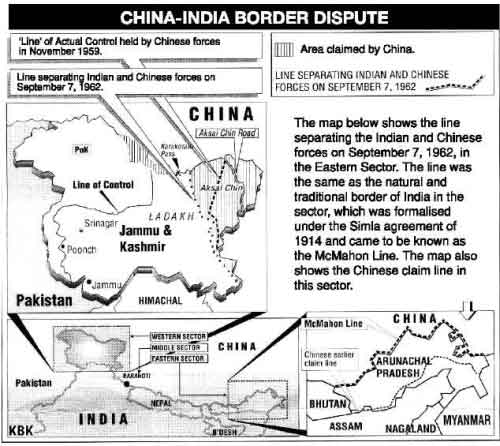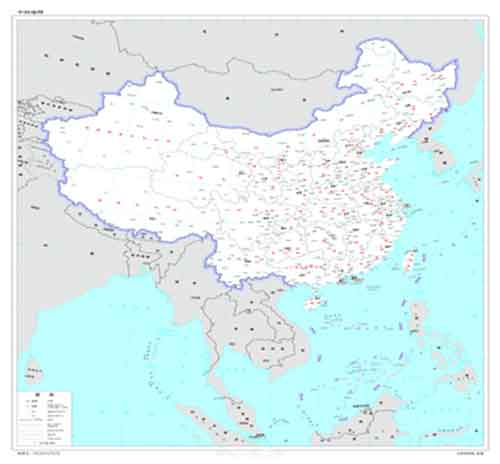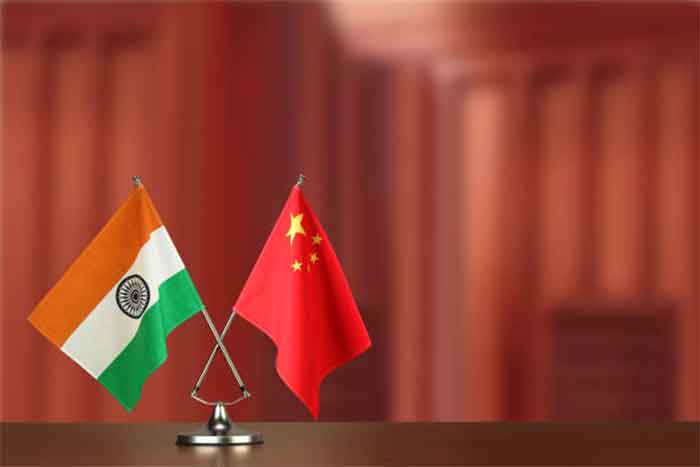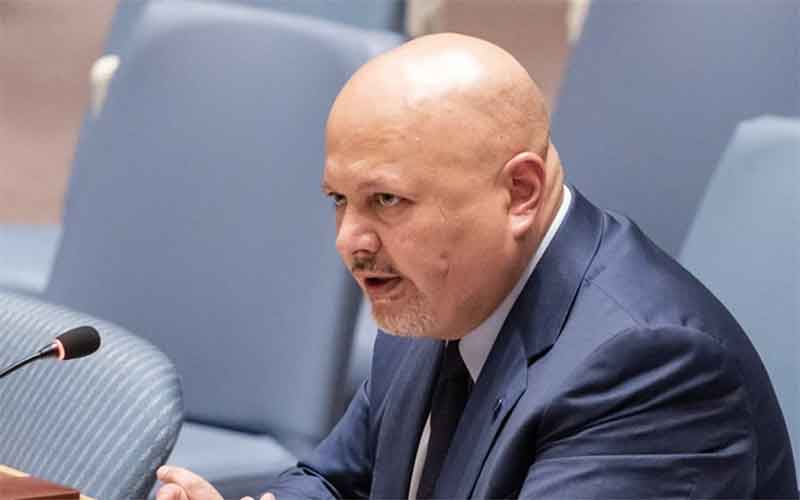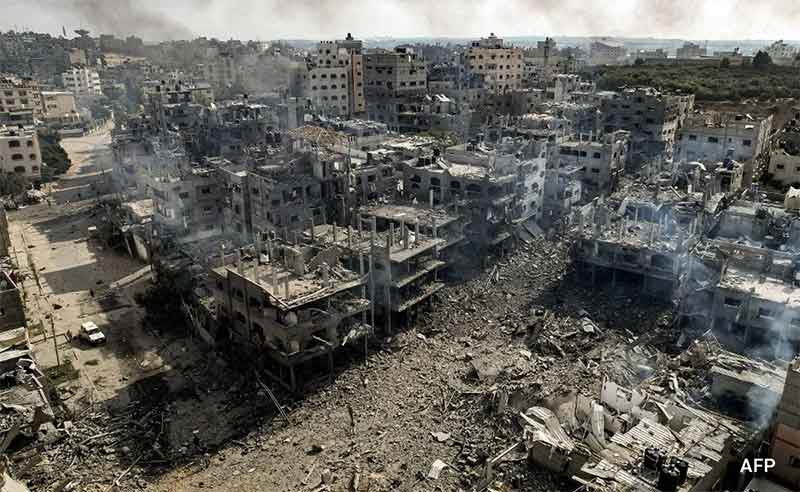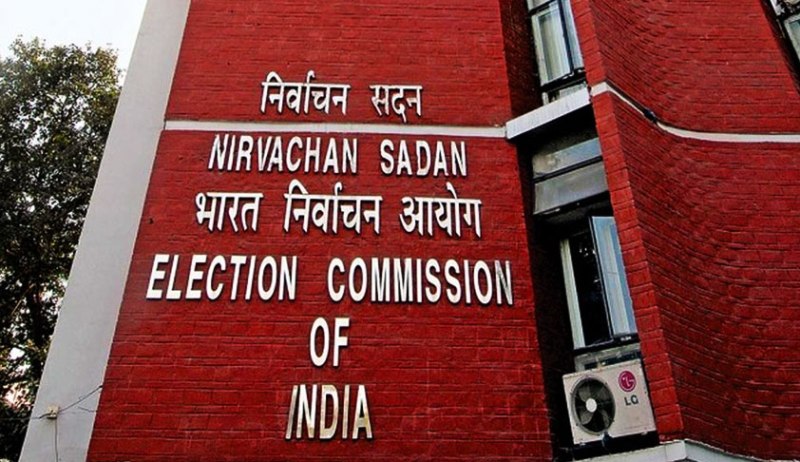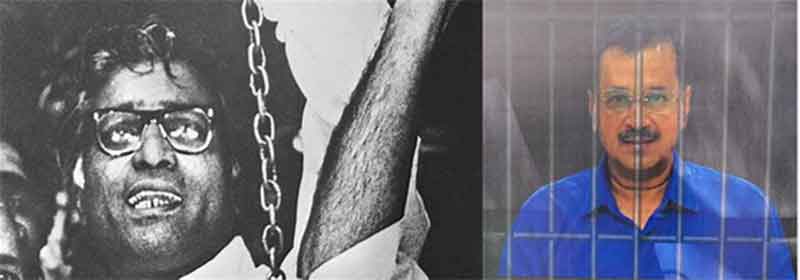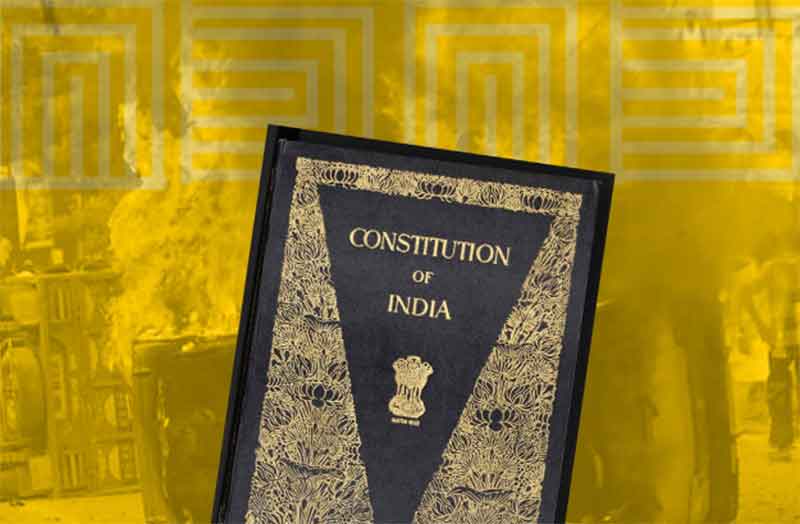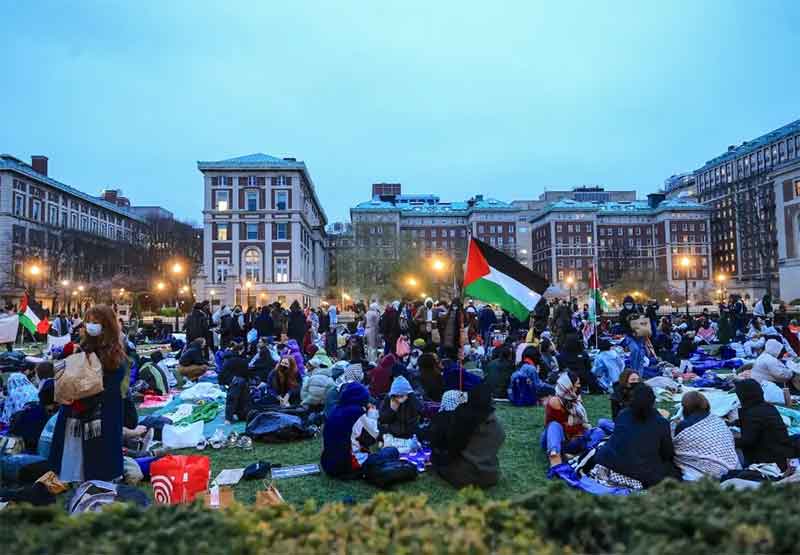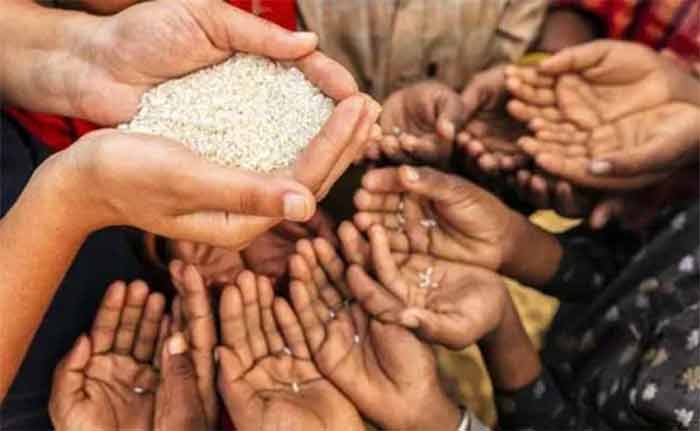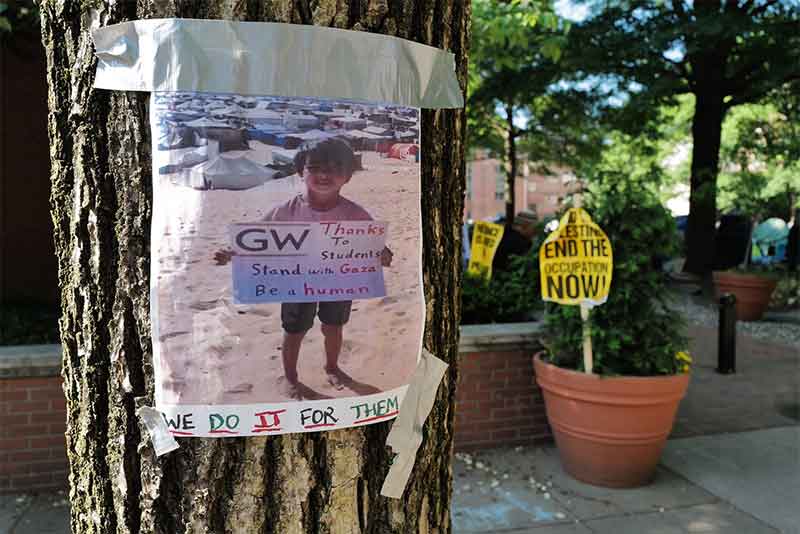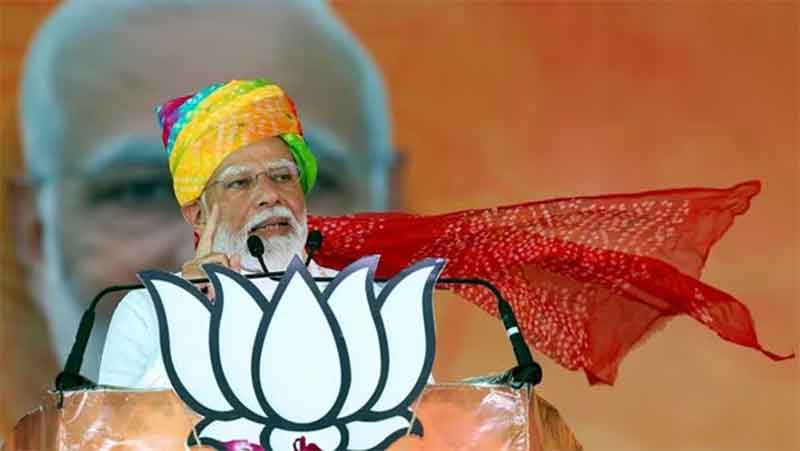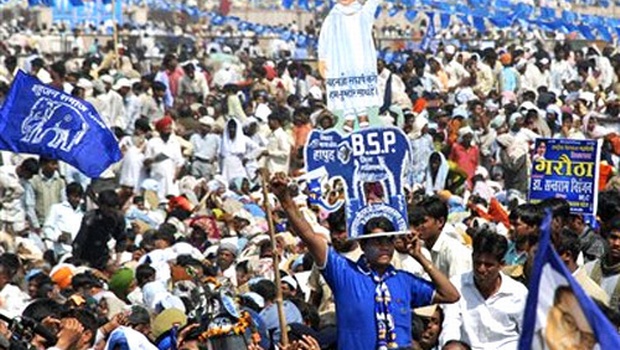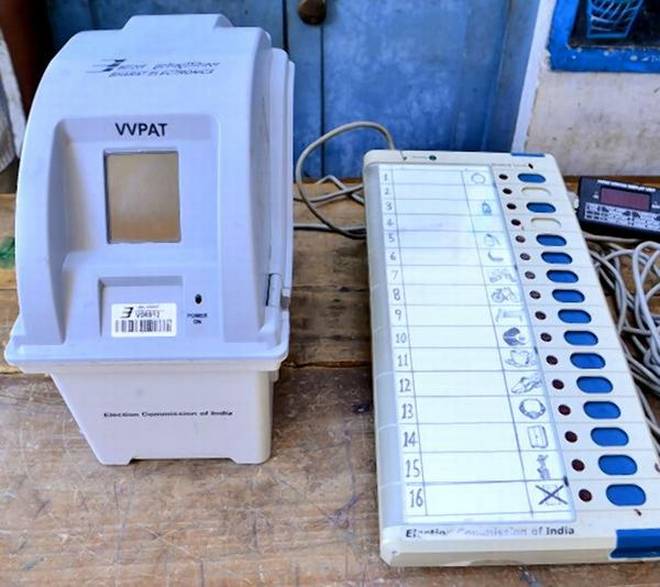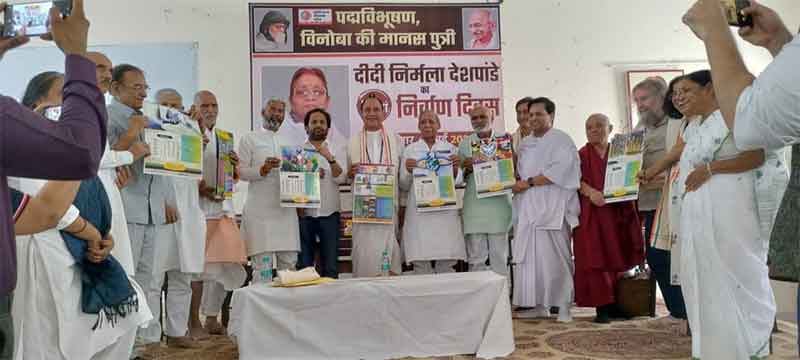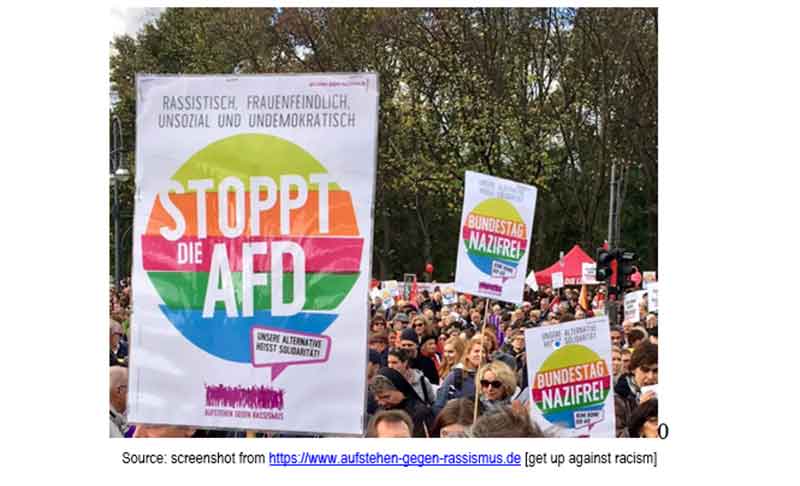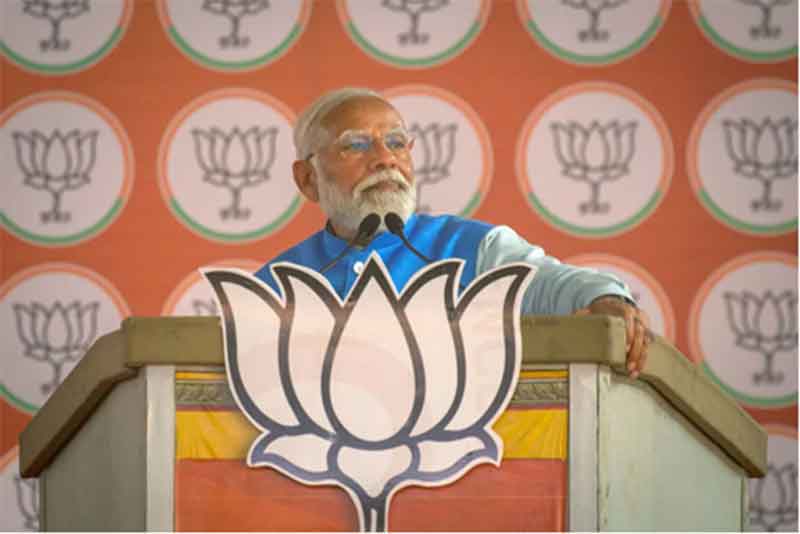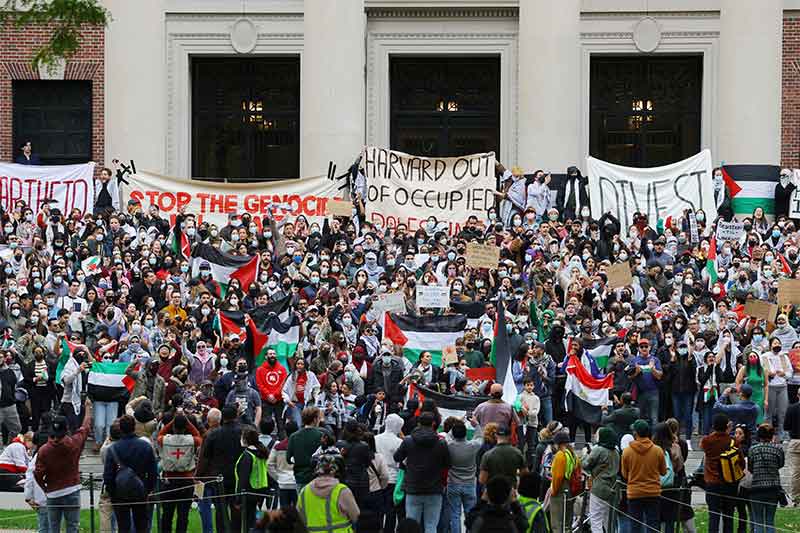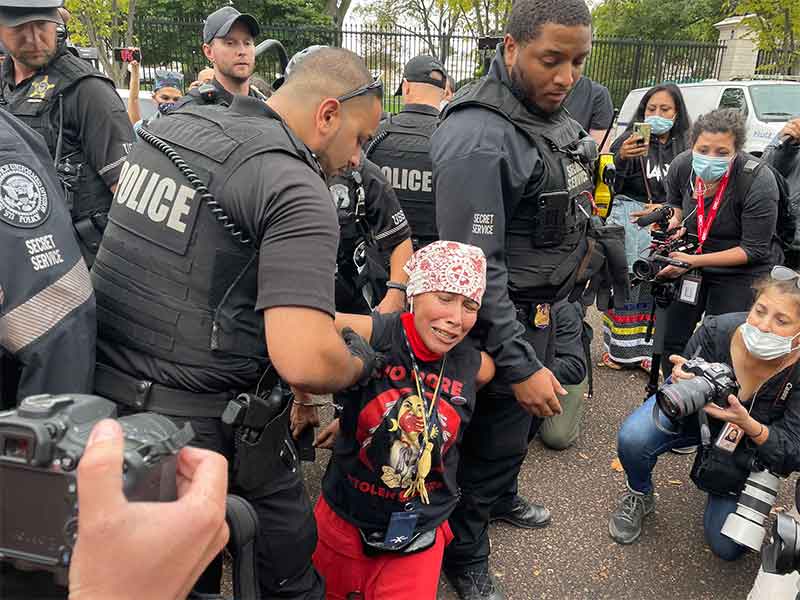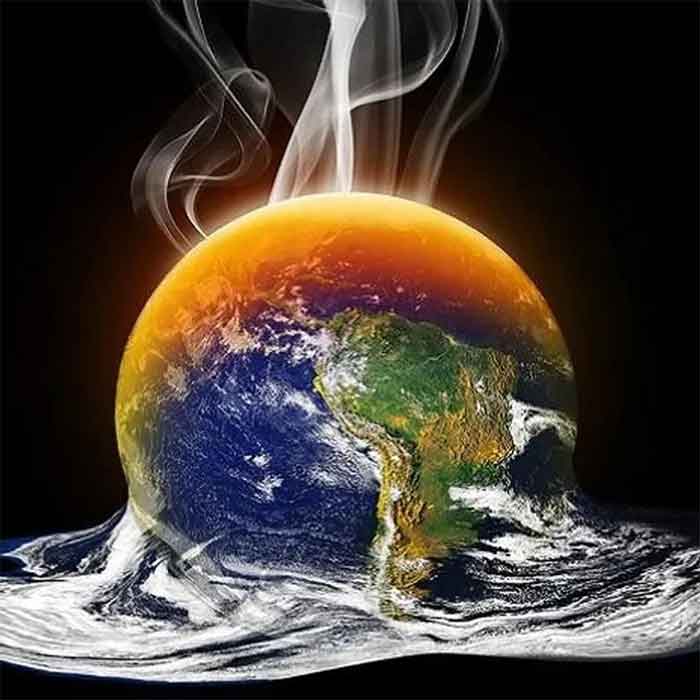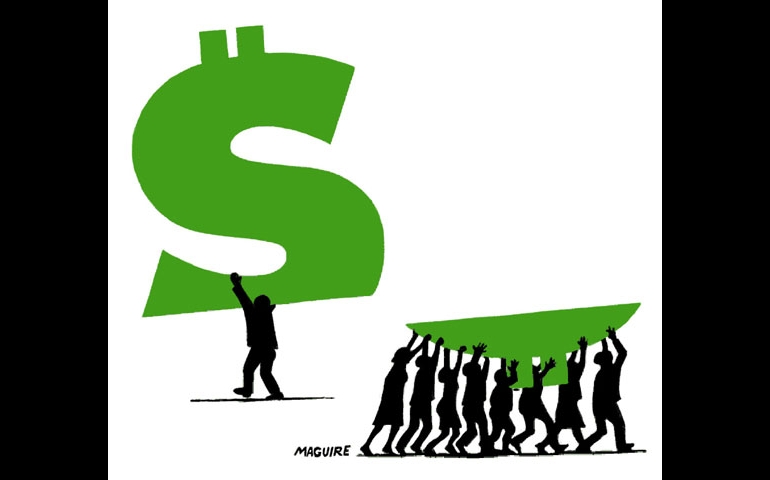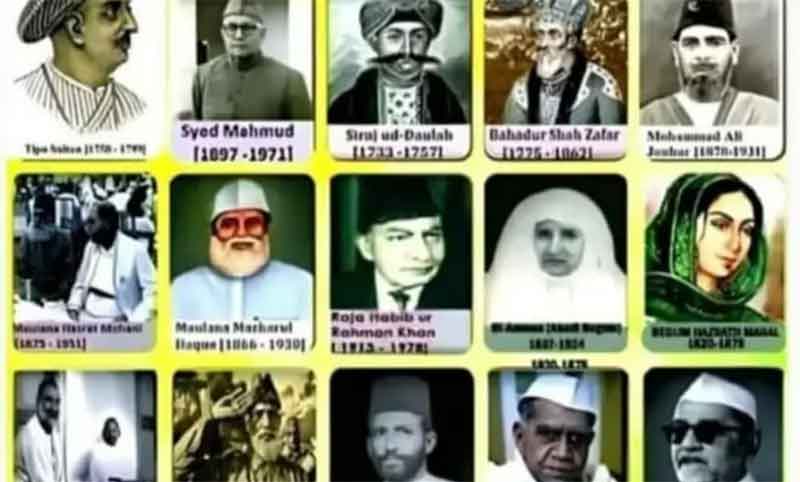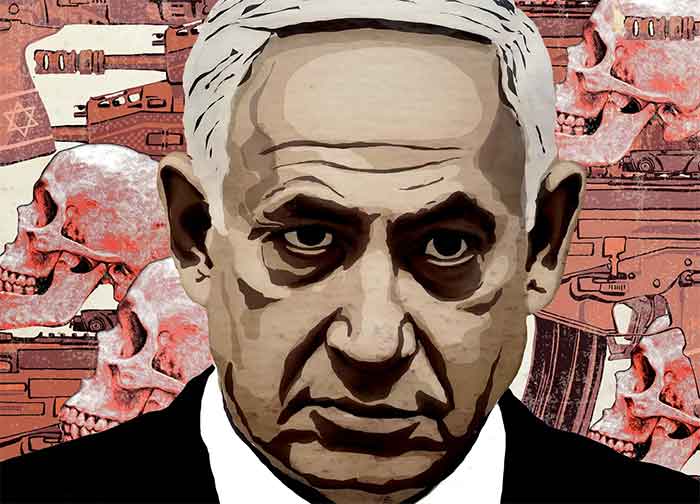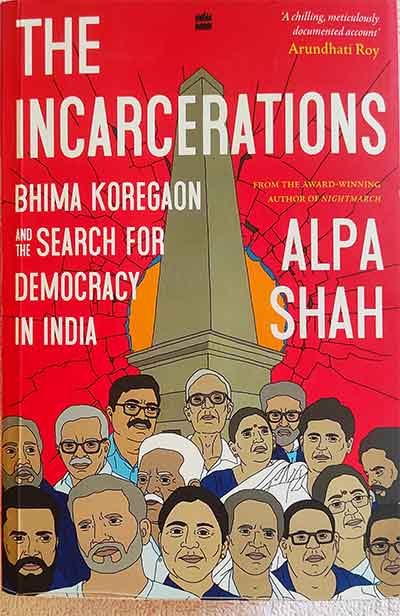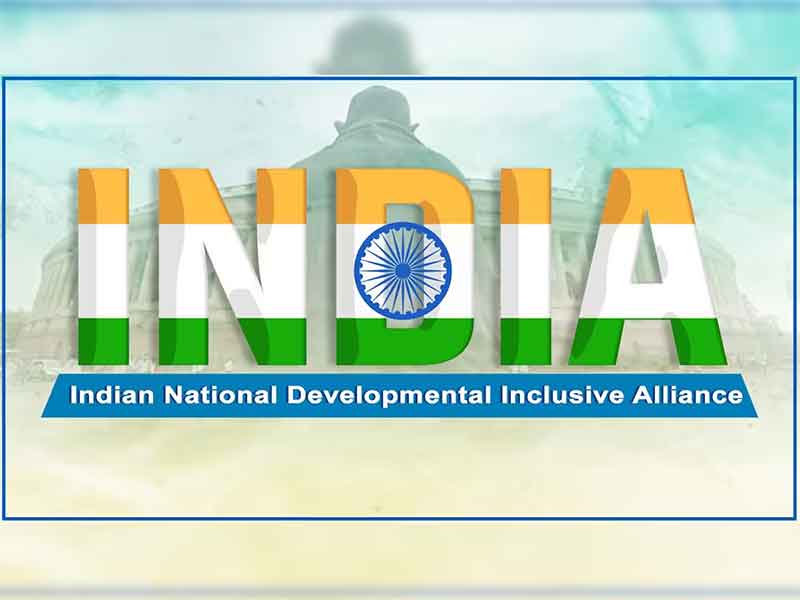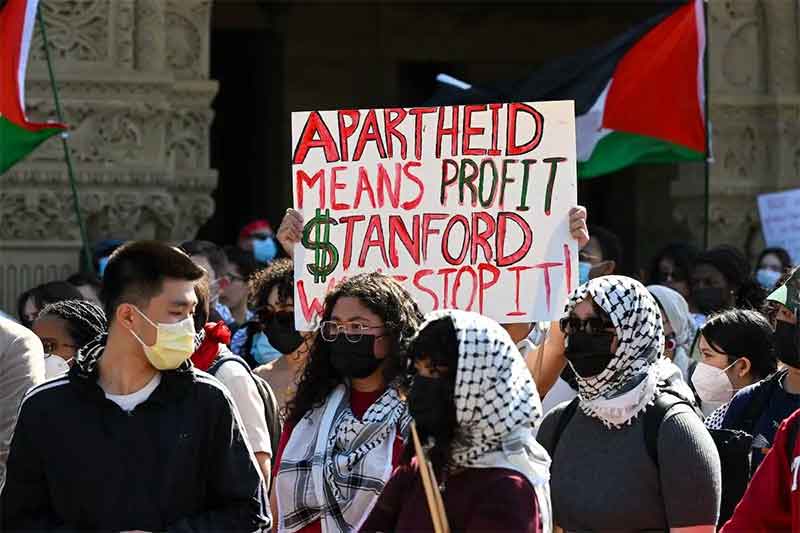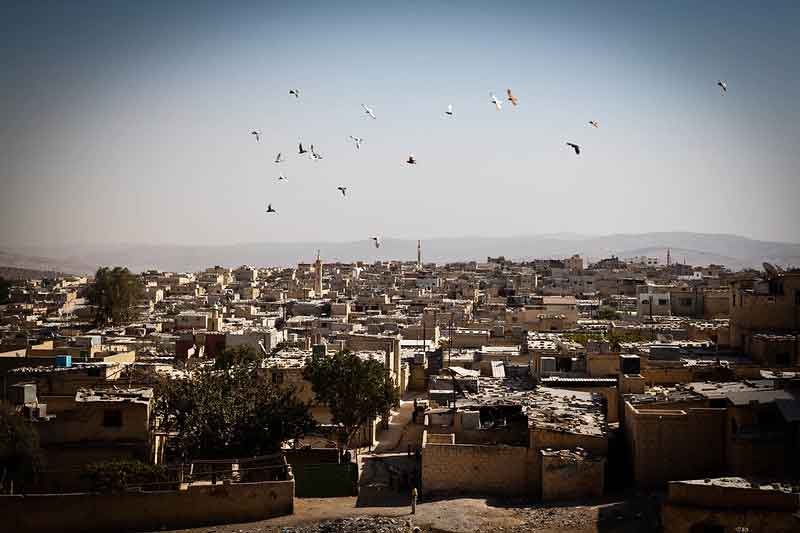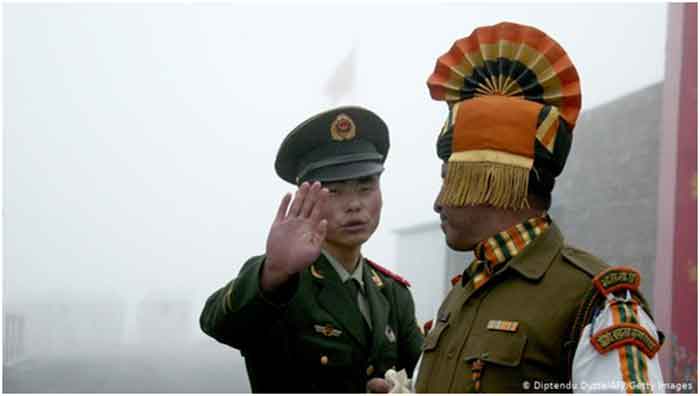
As India and China squabble over a tiny but strategic strip of land along their long border, some may be tempted to classify this as a clash between a democracy and a communist dictatorship.
And yet, a closer look reveals that India is not much of a democracy anymore – with rampant state repression, subversion of institutions, mass surveillance and discrimination against minorities. Neither is China communist in any sense of the term– being among the world’s most powerful capitalist nations, with widespread social inequality, pauperization of the peasantry and crude exploitation of labour.
Both countries have instead become like the very colonial empires their people fought to become independent nations. Empires operated on behalf of tiny elites, who whip up nationalist sentiments to divert attention from issues such as equitable sharing of resources or democratic rights for their citizens.
Seven decades ago, when India and China freed themselves from the grip of colonialism, they embarked on different political and economic trajectories. India, under the Fabian socialist Jawaharlal Nehru established a multi-party, constitutional democracy and promoted a ‘mixed economy’, which was essentially capitalism with a strong dose of public sector involvement. China, under Mao turned into a communist dictatorship, banned all opposition parties, collectivized land in the rural areas and nationalized all industry.
While the means varied, the two countries had a similar quest – to lift their populations out of poverty, rapidly industrialize and catch up with the developed West[i]. Both China and India also symbolized a rising Asia that wanted to undo the humiliation they had suffered under colonialism and emerge as strong nations.
Over the last half century, the two Asian neighbours have regained some of their lost historic status as global powerhouses, especially China, which in purchasing power parity terms is the world’s largest economy today, surpassing the United States. Steady growth has lifted millions of their citizens out of dire poverty and both countries are better fed and more educated than anytime under colonial rule.
China and India also possess great military might today – being nuclear powers and ranked first and second for largest number of active troops in the world. The real threats to China or India however are not external but come from within, as both countries seem to have lost their way and turned their backs on the civilizational impetus that guided their freedom struggles.
Today governments in the two countries represent nothing more than holding operations on behalf of powerful vested interests. In both countries big moneyed corporations shape national policies routinely, resulting in growing income inequalities that betray their socialist or communist vision from the past.
In the case of China, the Communist Party has always justified monopoly on power in the name of ensuring equal share of resources to all citizens, particularly from the peasantry. However, rapid urbanization promoted by the government in the last three decades, has seen a widening gap between rich and poor and incomes of urban and rural populations.
Between 1978 and 2015 the share of national income earned by the top 10 per cent increased from 27 per cent to 41 per cent. In the same period the share earned by the bottom 50 per cent dropped from 27 per cent to 15 per cent[ii]. Private businesses also dominate the Chinese economy today with the share of public property in national wealth declining from about 70 per cent in 1978 to about 30 per cent in 2015[iii].
in the case of India, which always had milder redistributive policies compared to China, the richest 1 per cent hold more than four-times the wealth held by 953 million people who make up for the bottom 70 per cent of the population[iv]. Overall, the top 10% of the Indian population today holds 77% of the total national wealth[v].
What is worse is that governments of the two countries are today also completely in the grip of a majoritarian ethos, that insists that their nation belongs exclusively to certain dominant social groups. Though at the time of the communist revolution China instituted many sound policies to take care of the needs of its 50 plus ethnic minorities, today it is run entirely by and on behalf of the Han ethnic group, who constitute 90 percent of the population.
In the case of India – despite the Constitution guaranteeing both secularism and equality to all citizens- power is concentrated in the hands of upper caste Hindus. Though themselves a tiny number they claim to represent Hindus in general, who make up over 80 percent of the citizenry. Apart from continuing with the centuries old oppression of indigenous communities and those at the bottom of the Hindu caste order, the Indian state also systematically discriminates against Muslims, who are the country’s largest religious minority.
Both countries are also increasingly intolerant of dissent, using the harshest methods to put down their opponents of any kind. China’s brutal suppression of those calling for freedom in Tibet is well known and if recent reports of mass arbitrary detention, torture, forced labour, and sterilisation of Xinjiang’s Muslims are to be believed, the methods used by the Chinese regime mirror those of Nazi Germany[vi].
In India, which calls itself the ‘world’s largest democracy’, the right-wing regime currently in power has become brazenly authoritarian. Political dissidents, particularly student activists, are routinely thrown into prison, with the surveillance state muzzling freedom of expression. In Kashmir, where Muslims are locally a majority, Indian troops are routinely accused of gross human rights violations, paralleled only by atrocities committed by Israeli forces occupying Palestinian territories.
As China and India face-off over control of icy land in the mountains along their borders what people of both countries should really worry about is not each other but the dubious nature of their own ruling regimes.
Growing authoritarianism in the two countries can only result in increasing internal turmoil that will undo all the gains they have made since independence. More than money or military might, it is principles like democracy and fairness to all citizens, that are the real source of strength of societies throughout history.
Even in the United States, it is the fact that they can have a mass movement like ‘Black Lives Matter’ – without brutal suppression – that makes them a real superpower. A few centuries ago the reason why China and India got so easily conquered by European powers was because their feudal systems did not allow any meaningful debate or social change to happen – thereby weakening them internally.
Today, as old imperialist nations like the US, UK and Japan once again fish in troubled waters, trying to pit India against China, it is important to remember the right lessons from history.
Going back to the times of the East India Company and the Opium War may not be something the people of either country will want for sure. That is what they will get though, if they fail to fight their own rotten regimes at home on time.
Satya Sagar is a journalist and public health worker who can be reached at [email protected]
[i] Gandhi was the only one who objected to aping the West but was brushed aside first by his own Congress party colleagues who came to power and then murdered by right wing extremists to be buried forever, both literally and spiritually.
[ii] Income inequality is growing fast in China and making it look more like the US. Thomas Piketty et al.
[iii] ibid
[iv] https://economictimes.indiatimes.com/news/economy/indicators/wealth-of-indias-richest-1-more-than-4-times-of-total-for-70-poorest-oxfam/articleshow/73416122.cms?utm_source=contentofinterest&utm_medium=text&utm_campaign=cppst
[v] https://www.oxfam.org/en/india-extreme-inequality-numbers
[vi] https://www.amnesty.org/en/countries/asia-and-the-pacific/china/report-china/
SIGN UP FOR COUNTERCURRENTS DAILY NEWSLETTER

